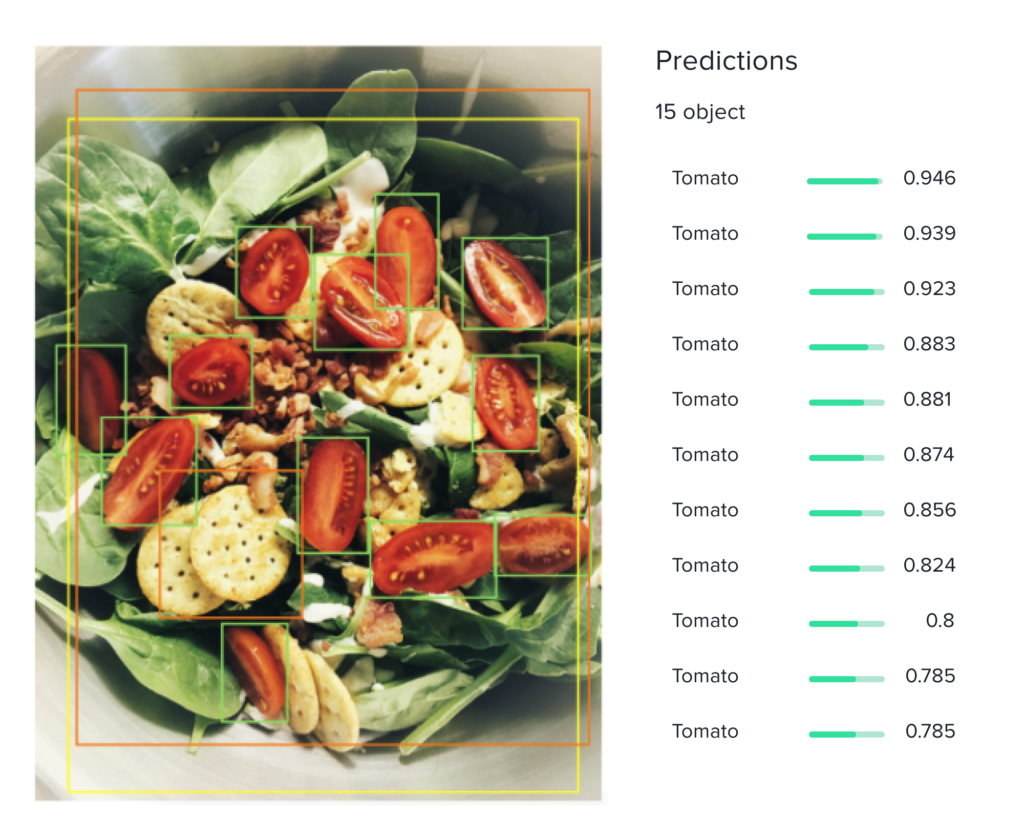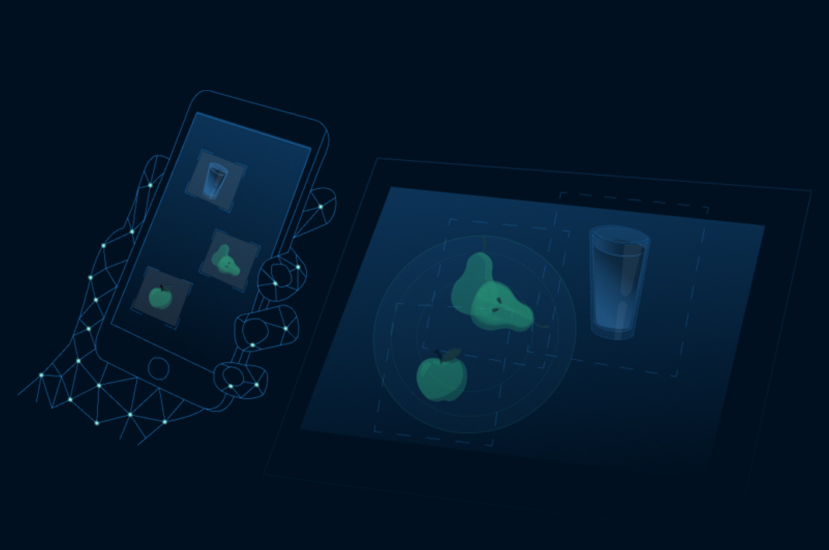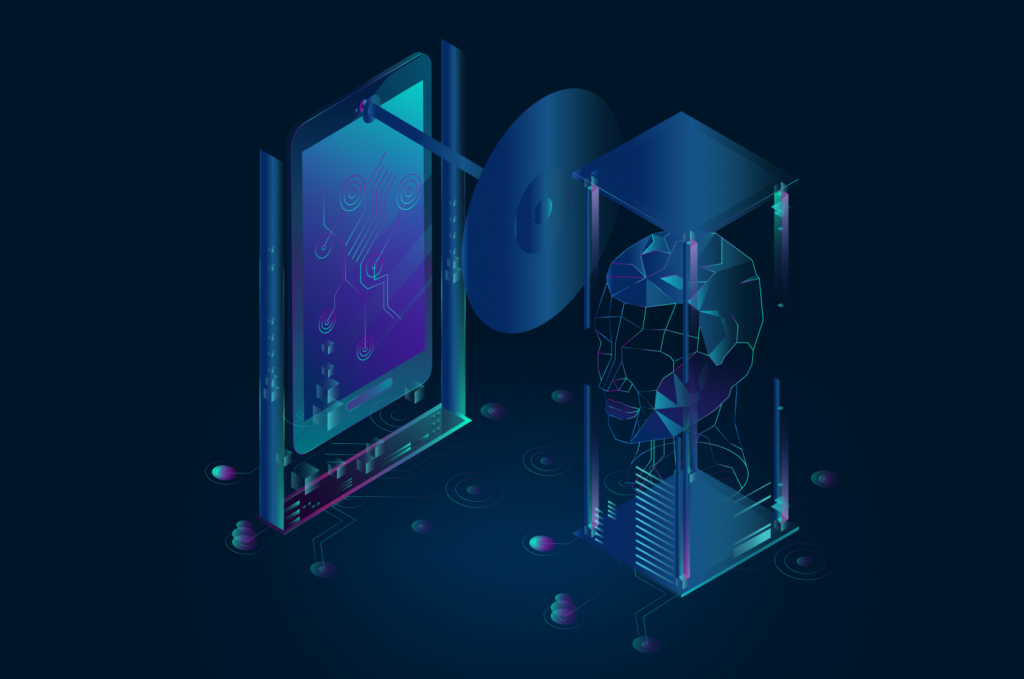New technologies – new opportunities for business development and expansion. It is already clear to everyone that the future will be closely connected with technologies, so anyone who starts using them now has more chance to become the main player and also receive more benefits today. Computer Vision in the retail sector has been around for several years. We will show why it is really worth your attention and implementation in your daily use. You can also see how it works on real examples.
What is a Computer Vision and how is it used in Retail
Computer Vision is an area of artificial intelligence that enables computers and systems to work with images and videos in automatic mode. We can derive meaningful information from digital images, videos and other visual inputs and take action on that information. With deep studying, picture classification and face recognition algorithms obtain above human-level efficiency and real-time object detection.

Computer Vision is one of the effective tools for optimizing business processes.
So it will be better to know how it works and what you can get from it.
AI and the Future of Retail
When we talk about Сomputer Мision in Кetail, there are lots of capabilities for integrating AI in everyday processes. It is used for product audits, planogram compliance, self-checkout systems and stores, retail AR applications. You can evaluate how many advantages you can get from optimizing at least one process in the following examples.
Detecting Empty Shelf
According to a study conducted by the IHL group, about 30% of customers face empty shelves, and the greater the product variety, the more difficult to control the stock and replenish it in time. Of course, profitability suffers from this, and those percentages of possible profit are lost every year.
Technologies of Image Recognition and Object Detection solve this problem of out-of-stock products. Retailers are placing in-store cameras to integrate these technologies into their day-to-day operations, so store staff can instantly receive a notification on their phone with the missing item Stock Keeping Unit and location of the shelf.
You can also automate the product ordering process to always be sure of sufficient stock in the warehouse.

Similar product recommendations
In the area of clothing, retail often has a situation where a customer may have no trouble finding what they really like, but the product does not fit the size, the wrong color, or the cut. Then AI-powered image recognition technology can help: by analyzing the characteristics of the search product, the client is offered items that are most similar to it in a retailer’s inventory.
Also, it can be proposed other items go perfectly with the chosen object and are a great way to increase customer spend through up-selling and cross-selling.
Another useful feature is the creation of personalized recommendations based on products that have already been bought or viewed.

Image Recognition Types: The Difference
The technology of image recognition teaches computers to understand all visual information, you can get from cameras in the store and use it for their own benefit. Image recognition is divided into:
Object detection.
Localizes and tracks in real-time one or more objects.
Single label classification.
Selections of items in relation to one given label.
Multi-label detection.
Separates the objects you need and focus on what matters.
Optical character recognition.
Recognizes and extracts text from images.
Face recognition.
Pinpoints and measures facial features from a given image.
Face detection.
Detects faces and facial landmarks.
Gender detection.
Detections of gender by using facial features.

Grocery Products Recognition for Hypermarkets
Computer Vision use cases in the retail industry are very common in 2022. People test implemented technologies, but sometimes there are issues that need to be improved. Recently, a large European hypermarket asked for cooperation with us to solve the following situation: the Grocery section has scales for independent weighing of products, and very often people choose the wrong item SKU.

As a solution, this problem was chosen to train the model with the help of Computer Vision Technologies, so that it itself recognizes what is on the scales and issues the corresponding SKU (“stock keeping unit“). Also, it helps to speed up the process of weighing products.
Amazium team has developed the next feature for their platform – this is a grocery product detection and recognition using python, machine learning algorithms, artificial intelligence, and image recognition. We decided to work with GCP cloud storage and discovered that it provides several services for image recognition: Cloud Vision API provides the ability to use google trained models and AutoML Vision enables us to create a custom ML model (for object detection, image classification). We also found that AutoML object detection provides poor performance and the Cloud Vision API does not meet the needs.
So we run 2 streams in parallel- AutoML models and Keras models- and made the next decision:
Cloud Vision AutoML:
- Yields better accuracy;
- Available to train on GCP only;
- Google Cloud and the Google-Cloud-AutoML libraries automate the process with their command-line tools.
Keras models:
- Good performance for images of the same distribution;
- Useful in case of need to retrain models frequently due to no cost for training process on the local server.
It should be noted that photos of models were taken also by our team, to train the model in real conditions too. The model was trained with images of items in plastic bags to correctly performs all functions during use.
Examples of collected images from google
Collected images: handmade
Handmade images of items in plastic bags

The First Line
Today’s consumers expect the same convenience and personalization in retail stores as online shopping gives. The implementation of the latest technologies allows to be on the list of the best and is justified in terms of costs and customer loyalty.
Today 3% of retailers have Computer Vision technology in use but 40% plan to start implementing the tech within the next two years.
Walmart has been using Computer Vision Technology in recent years and says it has reduced rates of theft, inventory loss, fraud, and scanning errors. The store makes use of a lot of optimization technologies:

Computer vision

Machine learning

Artificial intelligence

Robotics
The range of their implementation technologies is only rising, and the comfort of the client and the convenience of the staff are also increasing accordingly.
No matter which line of action your company has selected, Computer Vision use cases in the Retail industry will enhance your operations significantly. We will help you become the best and find a custom solution.
Also, Designrush selected Amazinum among the best cloud consulting services.
Click to book the time for consultation.





